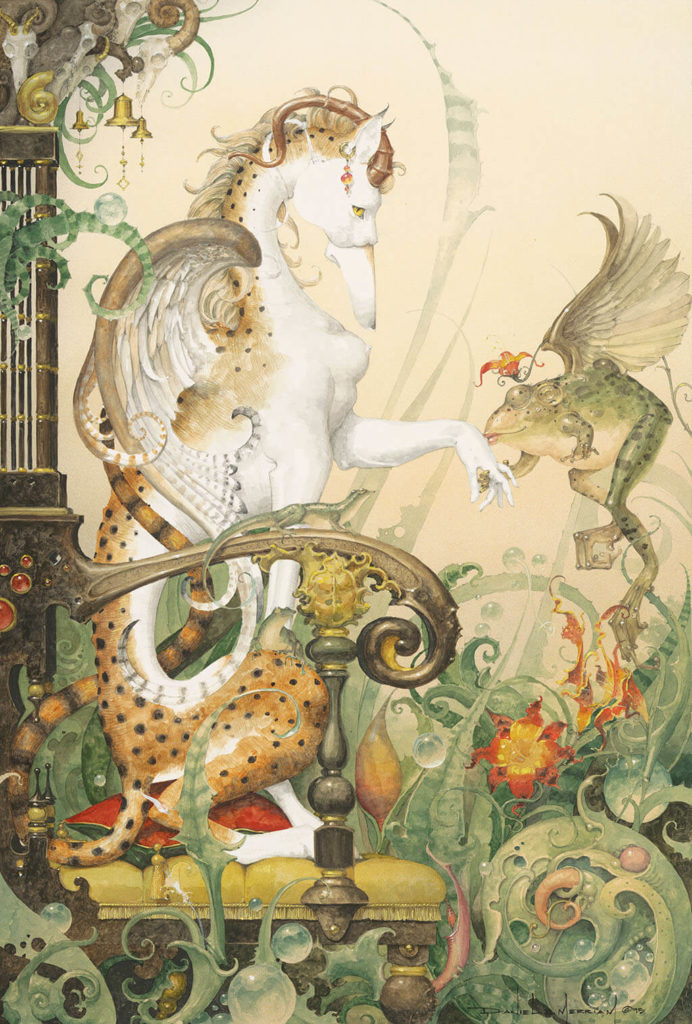 Pictures on My Eyelids
Pictures on My Eyelids
A Jungian Approach to Dreaming
By JOSEPHINE EVETTS-SECKER
In diverse languages, the common experience of dreaming is verbalized differently: I saw a dream; I made a dream; I received a dream; a dream came to me. ”I saw pictures on my eyelids” is how one child described their visual interiority, inner pictures watched when eyes are closed. Of course, though dreams are predominantly visual, many offer smells and sounds and palpable textures. They are seen and remembered in color, in black and white, and sometimes, quite specially, in sepia. Intriguing though this child’s naïve report is, I begin with a more sophisticated statement by Jung, who spent his professional life sharing the dreams of his numberless local and international patients.
If our dreams reproduce certain ideas, these ideas are primarily our ideas, in the structure of which our whole being is interwoven. They are subjective factors, grouping themselves as they do in the dream, and expressing this or that meaning, not for extraneous reasons, but from the most intimate promptings of our psyche. The whole dreamwork is essentially subjective, and a dream is a theatre in which the dreamer is himself the scene, the player, the prompter, the producer, the author, the public, and the critic. 1
ARTWORK © DANIEL MERRIAM To read this article in full, you must Buy Digital Subscription, or log in if you are a subscriber.